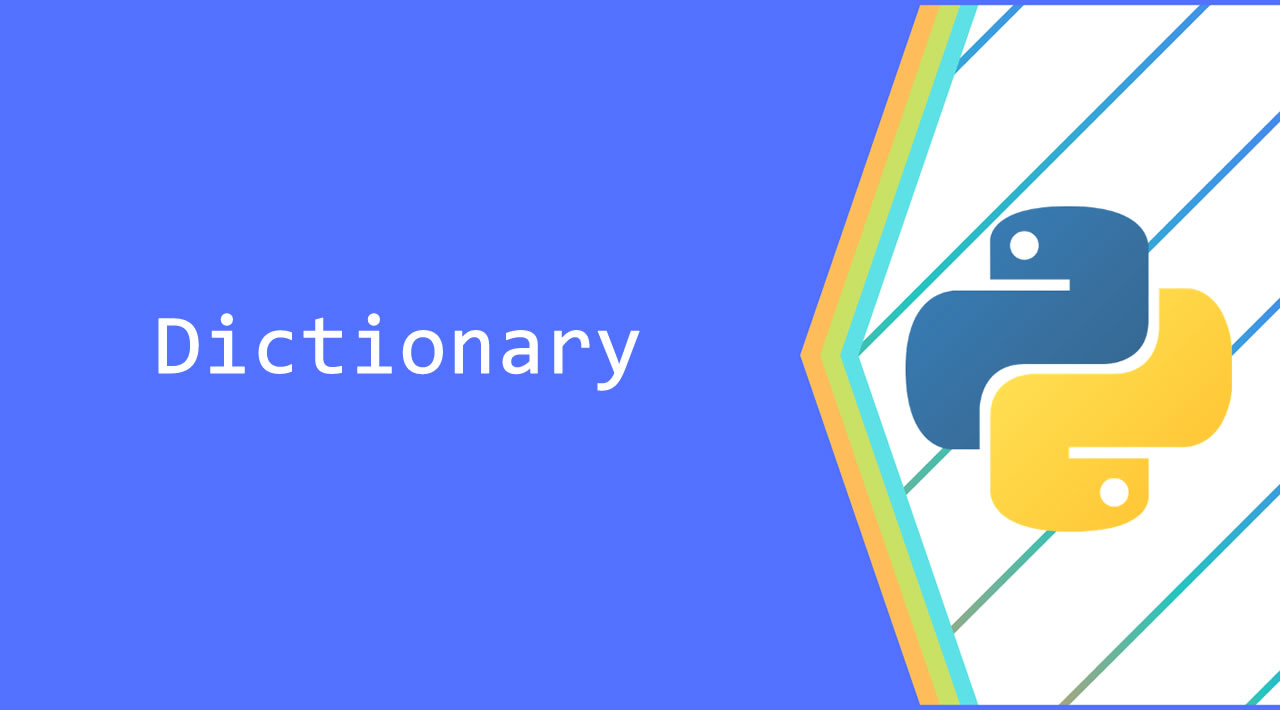Python Dictionary basically contains elements in the form of key-value pairs. It is an unordered collection of items. PyDictionary is an open-source python library that is used to find the meaning of the words, translation of words and sentences to different languages, and other linguistic properties of different words. PyDictionary uses wordnet for the meanings of the words and search engines for translating the words to different languages. Python Dictionary basically contains elements in the form of key-value pairs. It is an unordered collection of items.
- from PyDictionary import PyDictionary
- import os
- def get_tree_edges(tree, tree_dict=None, parent=None, edges=None):
- if tree_dict None: tree_dict = tree.to_dict(sort=False)
- name = next(iter(tree_dict.keys()))
- edges.append((parent, name))
- if isinstance(item, dict):
- get_tree_edges(tree=tree, tree_dict=item, parent=name, edges=edges)
- edges.append((name, item))
- data = tree.to_dict()
- output_file.write('strict digraph tree {n')
- output_file.write(' '{0}' -> '{1}';n'.format(*row))
- output_file.close()
- os.system(f'dot -Tpng -otree.png {output_file.name}')
- def get_definition(query): return query[list(query.keys())[0]][0]
- dictionary = PyDictionary()
- root_word = input('What is the root word? ').lower()
- if split_len 1 and query != None:
- tree.create_node(root_word, 'root')
- def iterate(word, parent, words=None):
- if words None: words = []
- for i in range(len(root_subnodes)):
- tree.create_node(root_subnodes[i], identifier, parent=parent)
- if not(root_subnodes[i] in words):
- words.append(root_subnodes[i])
- iterate(dictionary.meaning(root_subnodes[0]), identifier, words)
- render_tree(tree)
Use the Jython installation jar to install Jython. Three installation modes are provided:
- GUI
- Text console
- Command line, for automated installation
From java -jar jython-installer-2.7.0.jar --help, we can some examples of how to install Jython:
A standalone Jython jar is also provided for users who intend to embded Jython.
Pydictionary
Jython has a new launcher that is written in Python and executed by CPython 2.7. For Windows, CPython is bundled into the launcher (binjython.exe) by the PyInstaller program. For other systems, the installer determines if CPython 2.7 is available, and if so, uses CPython 2.7 to launch Jython.
You can always see the command the launcher will use via the --print option:
Often it may make more sense to directly execute Jython in this fashion.
The following environment variables do not usually have to be set, but if they are, they must be set correctly (see http://bugs.jython.org/issue2346):
Pydictionary Api
JAVA_ENCODING - Character set encoding, such as UTF-8
JAVA_MEM - Java memory (sets via -Xmx)
JAVA_OPTS - options to pass directly to Java
JAVA_STACK - Java stack size (sets via -Xss)
JAVA_HOME - Java installation directory, if set the java command is assumed to be at $JAVA_HOME/bin/java
JYTHON_HOME - Jython installation directory
JYTHON_OPTS - default command line arguments
Empty settings are currently assumed to be significant, so use unset to remove if on a Unix-like system; on Windows, you can unset an environment variable via set ENVVAR=.

Dictionary Of Dictionary Python
FIXME
FIXME
Pydictionary Tutorial
More details can be found in the NEWS file, which is incorporated here:
